Exclusives
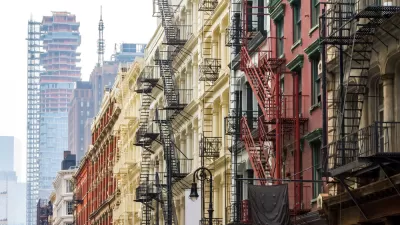
BLOG POST
Density Debate Rages Alongside the Pandemic
Questions about how highly contested questions about the future of the built environment will reference COVID-19 for years to come. The question about whether that debate will achieve any actual change is still very much up for debate.

BLOG POST
Late Action, Local Opposition Frustrate Emergency Homeless Shelter Plans
Some progress, but not nearly enough, has been reported as California and its cities scramble to procure temporary shelters to house homeless people during the pandemic.
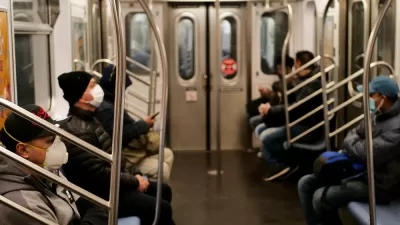
BLOG POST
Lessons from Pandemics: Transportation Risks and Safety Strategies
Many people assume that infectious disease risks make public transport dangerous and automobile travel safe, but this is generally untrue. Other factors have more effect on pandemic risk.

BLOG POST
Earth Day: 1970 and Now
The decade that began with the first Earth Day became a pivotal moment in U.S. environmental awareness and action. The core principles of the environmental decade are now questioned in the highest offices of our land.
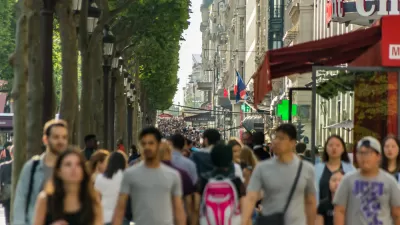
FEATURE
Is it Time to Revive the Pattern Language?
Software and other fields have made brilliant progress with the pattern language methodology, while built environment fields lag badly, mired in parochial debates over the massive book that invented the methodology.

BLOG POST
Key Considerations for Urban Demolition Planning
Demolition can be a lot of fun for the people holding the sledge hammers and swinging the wrecking balls, but demolition is serious business with a large number of significant social and environmental consequences.

BLOG POST
Does Dispersion Help?
Only 7 percent of U.S. residents live in the nation's largest metropolitan area (New York). Has that made coronavirus less deadly?
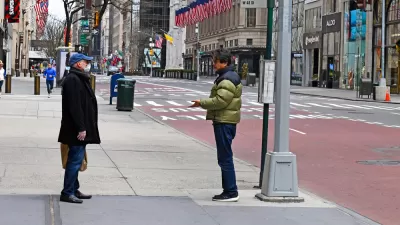
BLOG POST
Lessons from Pandemics: Comparing Urban and Rural Risks
Many people assume that infectious disease risks make cities dangerous, but this is generally untrue. Other factors have more effect on pandemic risk and mortality rates, making cities safer and healthier than rural areas overall.
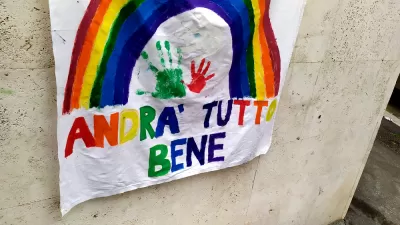
FEATURE
Overcoming Social Distance
People are finding new ways to connect digitally across physical spaces during the coronavirus pandemic, and these temporary solutions could have a lasting impact on the way we live.
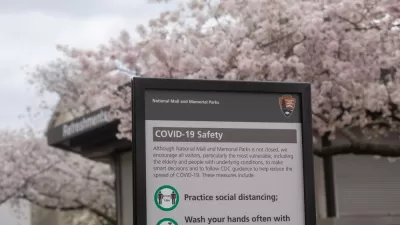
FEATURE
The Geography of Occupations: Some Neighborhoods Will Suffer More Than Others Under COVID-19
Census Bureau data shows we live near people with similar occupations, and right now frontline jobs are riskier for both health and economic well-being than working from home.
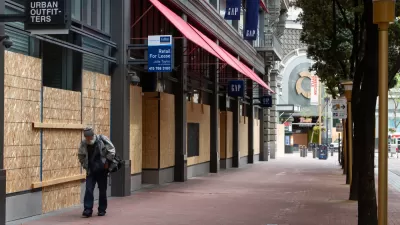
FEATURE
Rent Crisis Deferred
One-third of tenants didn't pay rent in April, according to a data released today by the National Multifamily Housing Council.

FEATURE
Lessons Emerge as Cities Cede Public Space to Contain the Pandemic
One of the dominant themes to emerge from the spread of COVID-19 is the conflict between the need to be in nature for health and well-being while avoiding public space as much as possible to prevent the spread.

BLOG POST
A Cheer (Or Maybe Even Two) For Redundancy
Is government too efficient to protect us from epidemics?
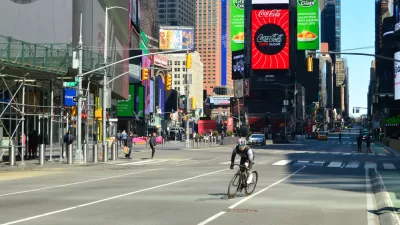
BLOG POST
Cities Should Take Advantage of Low Car Traffic to Accelerate Transit Construction
Beverly Hills is taking advantage of empty streets by accelerating construction on the Purple Line Subway extension currently cutting its way across Los Angeles. More cities should follow Beverly Hills' lead.

BLOG POST
COVID-19 Appreciation Day
April Fool's Day is a good day to consider life from a virus's perspective. Our tiny friends have many positive attributes.

FEATURE
The Dots of Connectivity and Broken Cultural Links
Connectivity is not just a question of geometry, according to this article by Fanis Grammenos. It's critical to consider what people connect for and how.
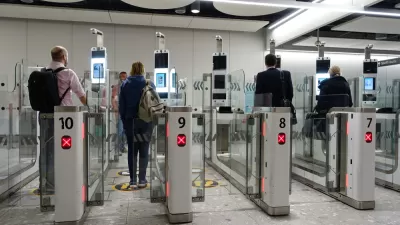
BLOG POST
Will Infrastructure Planners Become Responsible for Facial Recognition Systems?
Facial recognition offers both benefits and risks. Planners can have a role in ensuring more of the former than the latter.
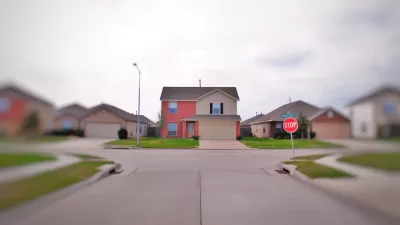
BLOG POST
Disparate Impact Won't Save Us From Exclusionary Zoning
The Fair Housing Act (FHA) imposes liability upon landlords and governments whose policies have a discriminatory effect against racial minorities. However, the courts have interpreted this doctrine narrowly.
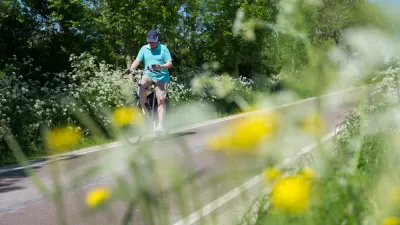
BLOG POST
Planners and Pandemics: Identifying Problems and Providing Solutions
Planners are professional problem solvers. Let’s see how our methods can be applied to the COVID-19 pandemic.

FEATURE
The Crisis Within the Crisis: Homelessness and Housing Pushed to the Brink by COVID-19
Cities, states, and the federal government are trying to prevent a repeat of 2008 while still facing the challenges of inequality and poverty that grew out of the previous recession.
Pagination
Caltrans
Smith Gee Studio
Institute for Housing and Urban Development Studies (IHS)
City of Grandview
Harvard GSD Executive Education
Toledo-Lucas County Plan Commissions
Salt Lake City
NYU Wagner Graduate School of Public Service
Urban Design for Planners 1: Software Tools
This six-course series explores essential urban design concepts using open source software and equips planners with the tools they need to participate fully in the urban design process.
Planning for Universal Design
Learn the tools for implementing Universal Design in planning regulations.


































